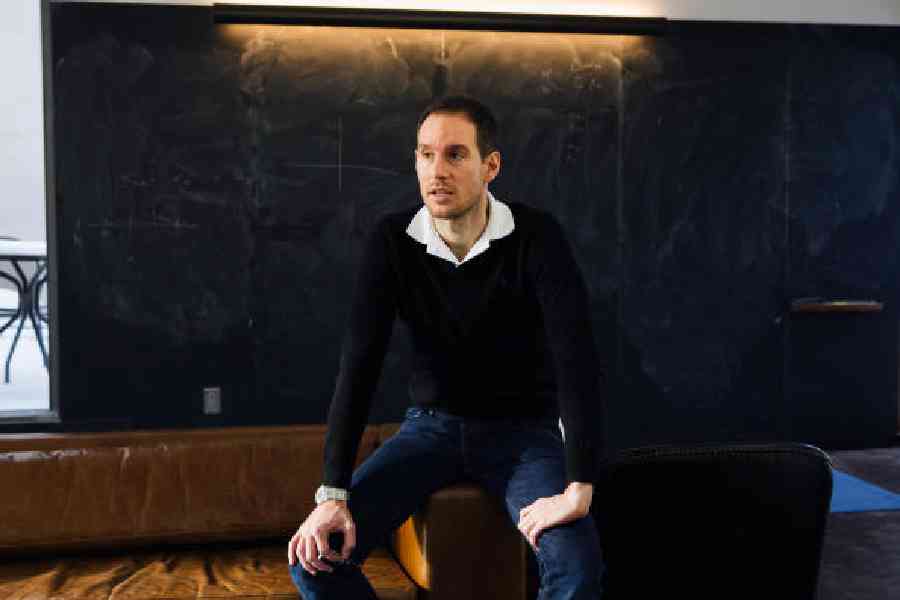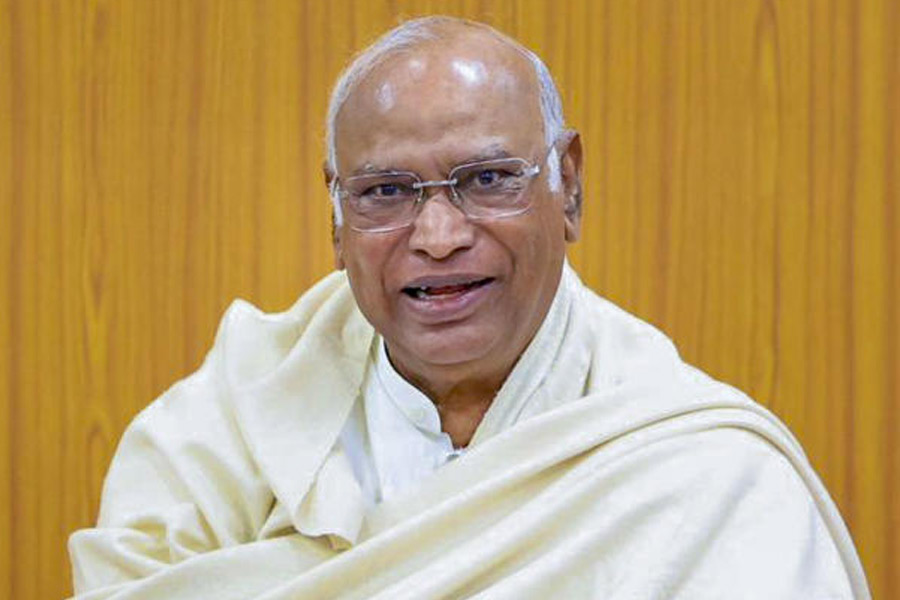The words “optimal” and “optimise” derive from the Latin optimus or “best”, as in “make the best of things”. Alessio Figalli (in pic right), a mathematician at the university ETH Zurich in Switzerland, studies optimal transport: the most efficient allocation of starting points to end points. The scope of investigation is quite wide, including clouds, crystals, bubbles and chatbots.
Figalli, who was awarded the Fields Medal (equivalent to the Nobel prize for mathematicians) in 2018, likes maths that is motivated by concrete problems found
in nature.
The study of optimal transport was introduced almost 250 years ago by Gaspard Monge, a French mathematician and politician who was motivated by problems in military engineering. His ideas found broader application solving logistical problems during the Napoleonic era — for instance, identifying the most efficient way to build fortifications, in order to minimise the costs of transporting materials across Europe.
In 1975, Russian mathematician Leonid Kantorovich shared the Nobel Prize in economic science for refining a rigorous mathematical theory for the optimum allocation of resources. “He had an example with bakeries and coffee shops,” Figalli said. The optimisation goal in this case was to ensure that on a daily basis every bakery delivered all its croissants, and every coffee shop got all the croissants desired.
“It’s called a global wellness optimisation problem in the sense that there is no competition between bakeries, no competition between coffee shops,” he said. “It’s not like optimising the utility of one player. It is optimising the global utility of the population. And that’s why it’s so complex: because if one bakery or one coffee shop does something different, this will influence everyone else.”
The following conversation with Figalli has been condensed and edited for clarity.
Q How would you finish the sentence “Maths is …”? What is maths?
For me, maths is a creative process and a language to describe nature.
Q Is nature always seeking to optimise?
Nature is naturally an optimiser. It has a minimal- energy principle — nature by itself. Then, of course, it gets more complex when other variables enter into the equation. It depends on what you are studying.
When I was applying optimal transport to meteorology, I was trying to understand the movement of clouds. It was a simplified model where some physical variables that may influence the movement of clouds were neglected. For example, you might ignore friction or wind.
The movement of water particles in clouds follows an optimal transport path. And here you are transporting billions of points, billions of water particles, to billions of points, so it’s a much bigger problem than 10 bakeries to 50 coffee shops. The numbers grow enormously. That’s why you need mathematics to study it.
Q What about optimal transport captured your interest?
I was most excited by the applications of it, and by the fact that the mathematics was very beautiful and came from very concrete problems.
There is a constant exchange between what mathematics can do and what
people require in the real world. As mathematicians, we can fantasise. We like to increase dimensions — we work in infinite dimensional space, which people always think is a little bit crazy. But it’s what allows us now to
use cellphones and Google and all the modern technology we have. Everything would not exist had mathematicians not been crazy enough to go out of the standard boundaries of the mind, where we only live in three dimensions.
Q What are you working on these days?
One challenge is using optimal transport in machine learning.
From a theoretical viewpoint, machine learning is just an optimisation problem where you have a system, and you want to optimise some parameters or features, so that the machine will do a certain number of tasks.
To classify images, optimal transport measures how similar two images are by comparing features like colours or textures and putting these features into alignment — transporting them — between the two images. This technique helps improve accuracy, making models more robust to changes or distortions.
These are very high-dimensional phenomena. You are trying to understand objects that have many features, many parameters, and every feature corresponds to one dimension. So, if you have 50 features, you are in 50-dimensional space.
The higher the dimension where the object lives, the more complex the optimal transport problem is. Recently, people have been trying to look at ways to avoid the curse of dimensionality. One idea is to develop a new type of optimal transport.
Q What is the gist of it?
By collapsing some features, I reduce my optimal transport to a lower-dimensional space. Let’s say three dimensions is too large for me and I want to make it a one-dimensional problem. I take some points in my three-dimensional space and I project them onto a line. I solve the optimal transport on the line, I compute what I should do, and I repeat this for many, many lines. Then, using these results in dimension one, I try to reconstruct the original 3D space by a sort of gluing together. It is not an obvious process.
Q And, in the interplay of pure and applied maths, here the practical, real- world need is motivating new mathematics?
Exactly. The engineering of machine learning is very far ahead. But we don’t know why it works. There are few theorems; comparing what it can achieve to what we can prove, there is a huge gap. It is impressive, but mathematically, it is still very difficult to explain why. So, we cannot trust it enough. We want to make it better in many directions, and we want mathematics to help.
NYTNS











